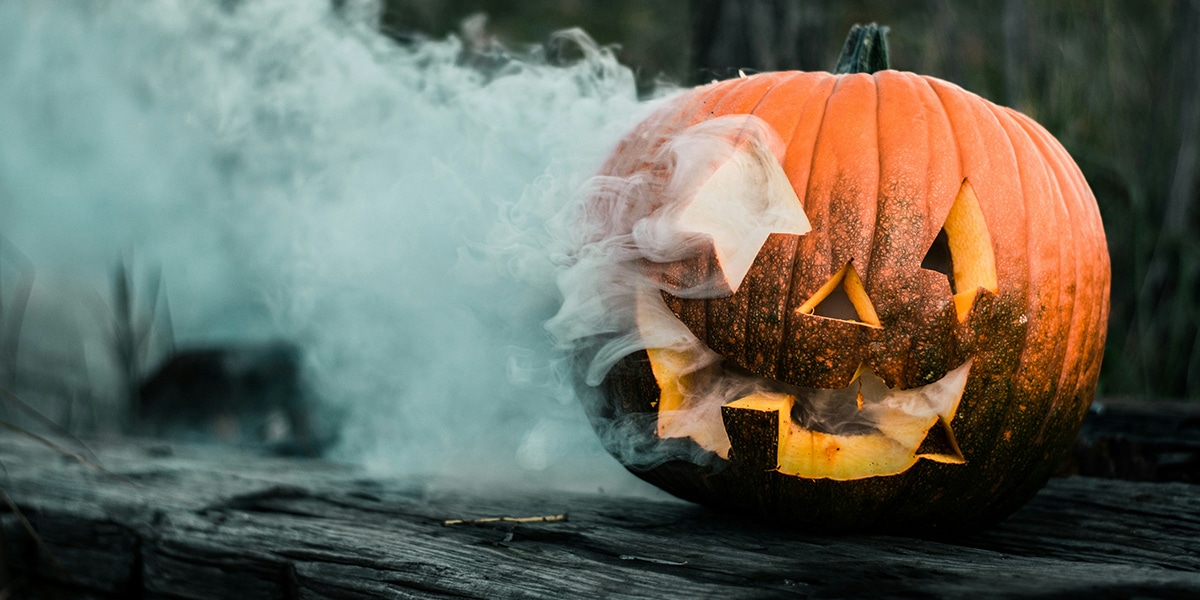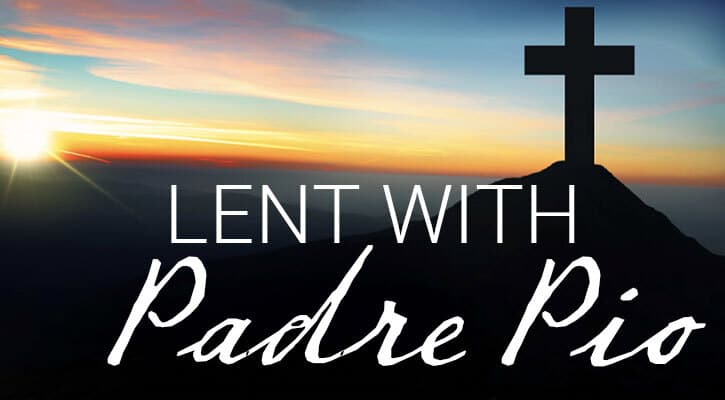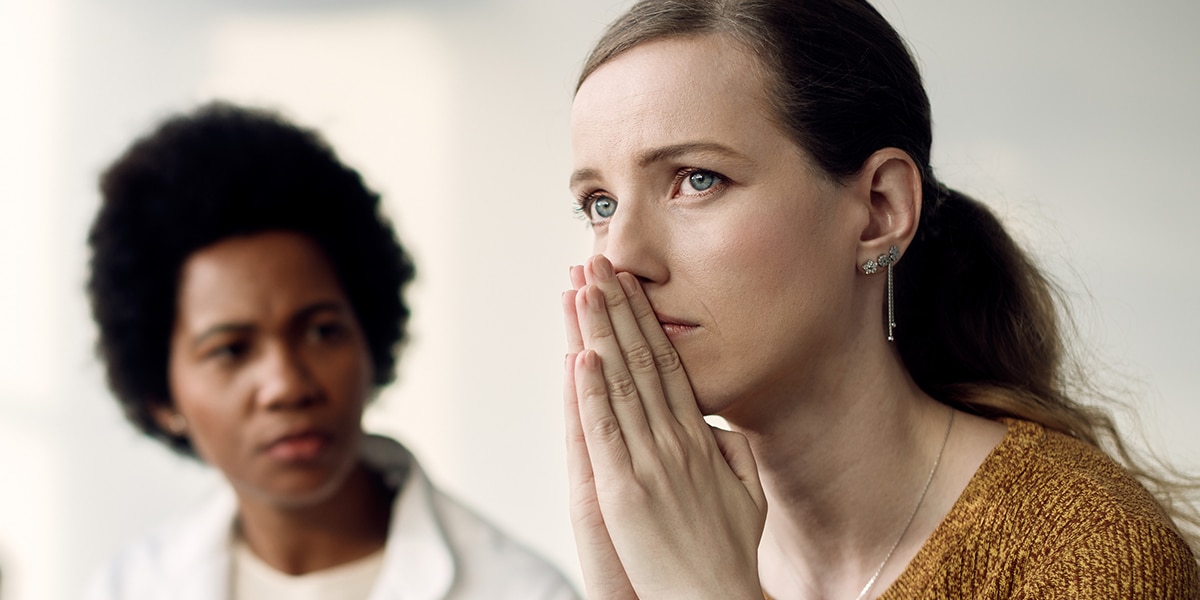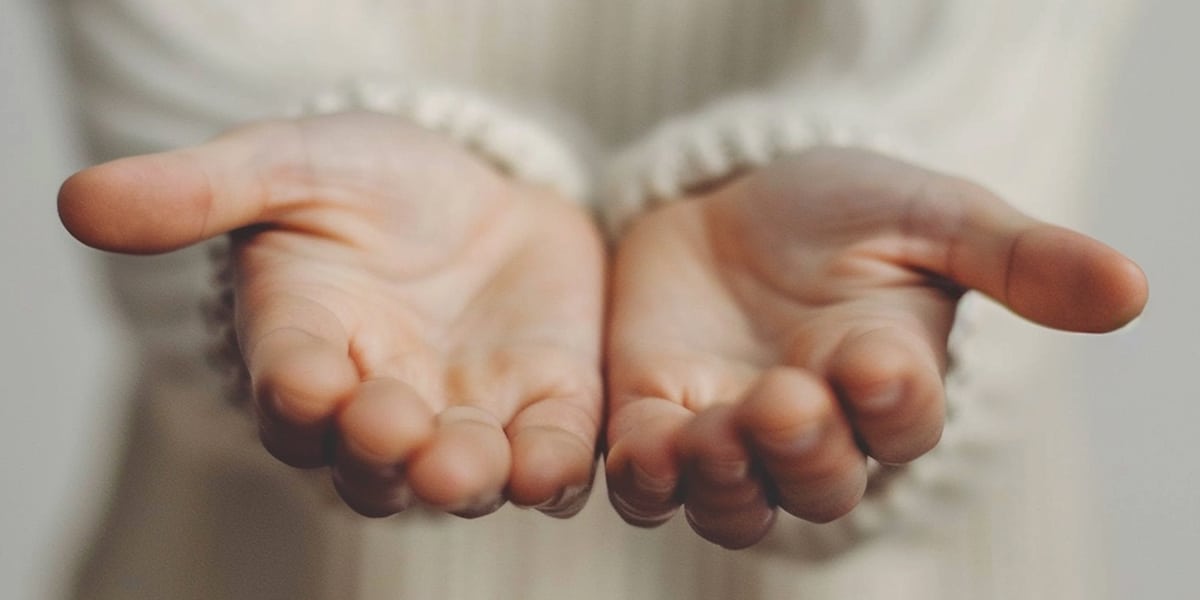The true origins of Halloween lie with the ancient Celtic tribes who lived in Ireland, Scotland, Wales and Brittany. For the Celts, November 1 marked the beginning of a new year and the coming of winter. The night before the new year, they celebrated the festival of Samhain, Lord of the Dead. During this festival, Celts believed the souls of the dead, including ghosts, goblins and witches, returned to mingle with the living. In order to scare away the evil spirits, people would wear masks and light bonfires.
When the Romans conquered the Celts, they added their own touches to the Samhain festival, such as making centerpieces out of apples and nuts for Pomona, the Roman goddess of the orchards. The Romans also bobbed for apples and drank cider, traditions which may sound familiar to you. But where does the Christian aspect of the holiday come into play? In 835, Pope Gregory IV moved the celebration for all the martyrs (later all saints) from May 13 to November 1. The night before became known as All Hallow’s Eve. Eventually the name was shortened to the current Halloween. On November 2, the Church celebrates All Souls Day.
The purpose of these feasts is to remember those who have died, whether they are officially recognized by the Church as saints or not. It is a celebration of the communion of saints, which reminds us that the Church is not bound by space or time.
The Catechism of the Catholic Church says that through the communion of saints, a perennial link of charity exists between the faithful who have already reached their heavenly home, those who are expiating their sins in purgatory and those who are still pilgrims on earth. Between them there is, too, an abundant exchange of all good things (#1475).
Carving the Turnip?
Many of the customs we now associate with Halloween are also derived from ancient celebrations.
For example, the current custom of going door-to-door to collect treats actually started in Ireland hundreds of years ago. Groups of farmers would go door-to-door collecting food and materials for a village feast and bonfire.
Those who gave were promised prosperity; those who did not received threats of bad luck. When an influx of Irish Catholic immigrants came to the United States in the 1800s, the custom of trick-or-treating came with them.
Does your family carve a pumpkin to place on your porch for Halloween? If so, then you can once again thank the Irish for the tradition. Actually, the custom began with a turnip. People would hollow out the turnips and place lighted candles inside to scare off the evil spirits. When the Irish came to America, they discovered the pumpkin as a larger substitute for the turnip. And so, we now carve pumpkins instead of turnips for Halloween.
The Tale of the Jack-o’-lantern
So now you know why we carve pumpkins instead of turnips, but why do we call them jack-o-lanterns? The name actually comes from the legend of an Irishman named Jack who was forced to roam the earth with only a burning coal inside a pumpkin to light his way because he had never performed a single selfless act throughout his life.
Even though Halloween may seem like a very secular holiday, and in many ways it has become so, there are distinctly Christian aspects to the holiday that you and your family can celebrate. Happy Halloween!








